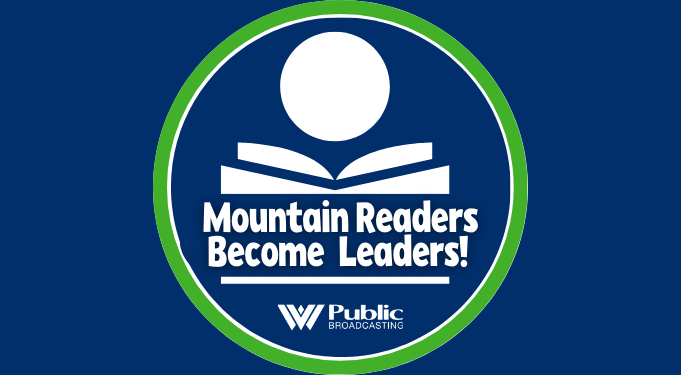A Rural Singing Tradition Takes Shape And How Climate Change Affects Weather, This West Virginia Morning
An age old tradition of using shapes instead of notes helps untrained singers harmonize. And as the fall season kicks off, a look at weather extremes -- and if climate change is playing a role.
Continue Reading Take Me to More News





















